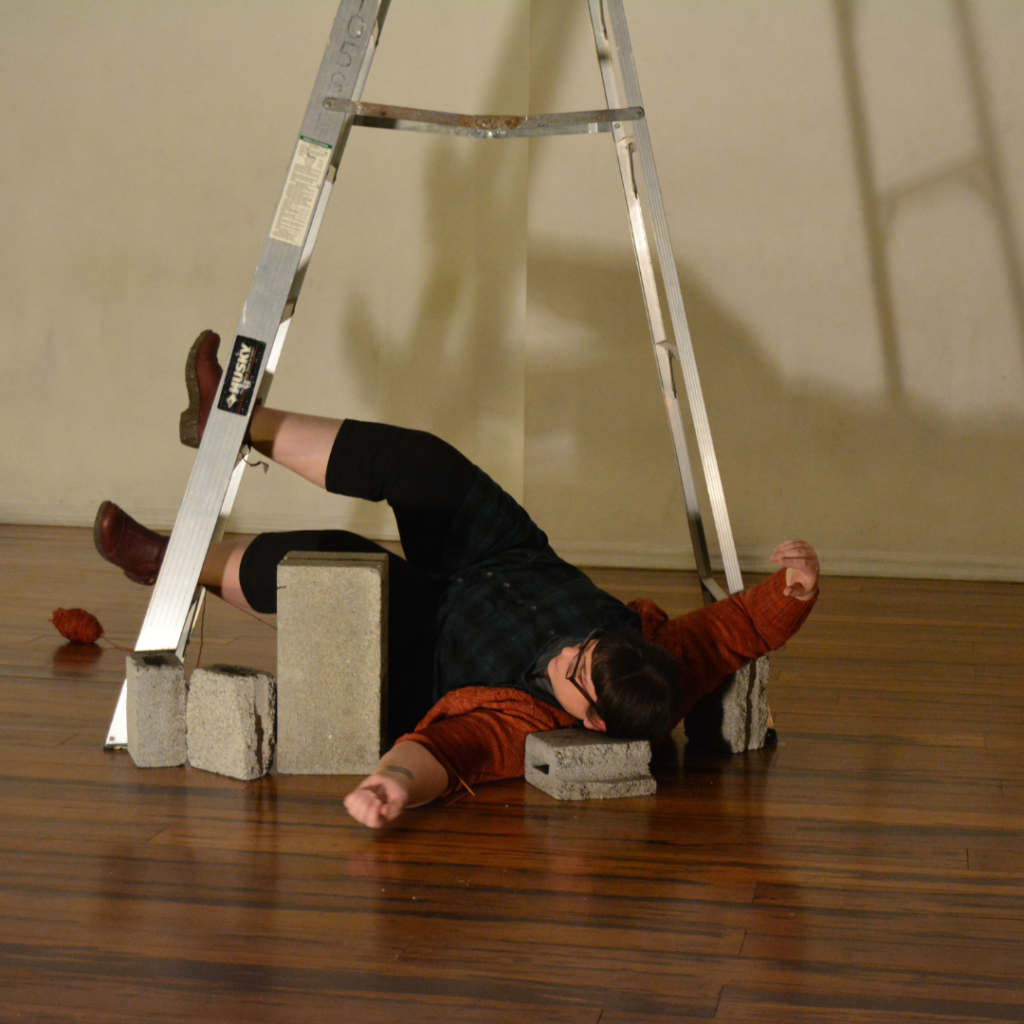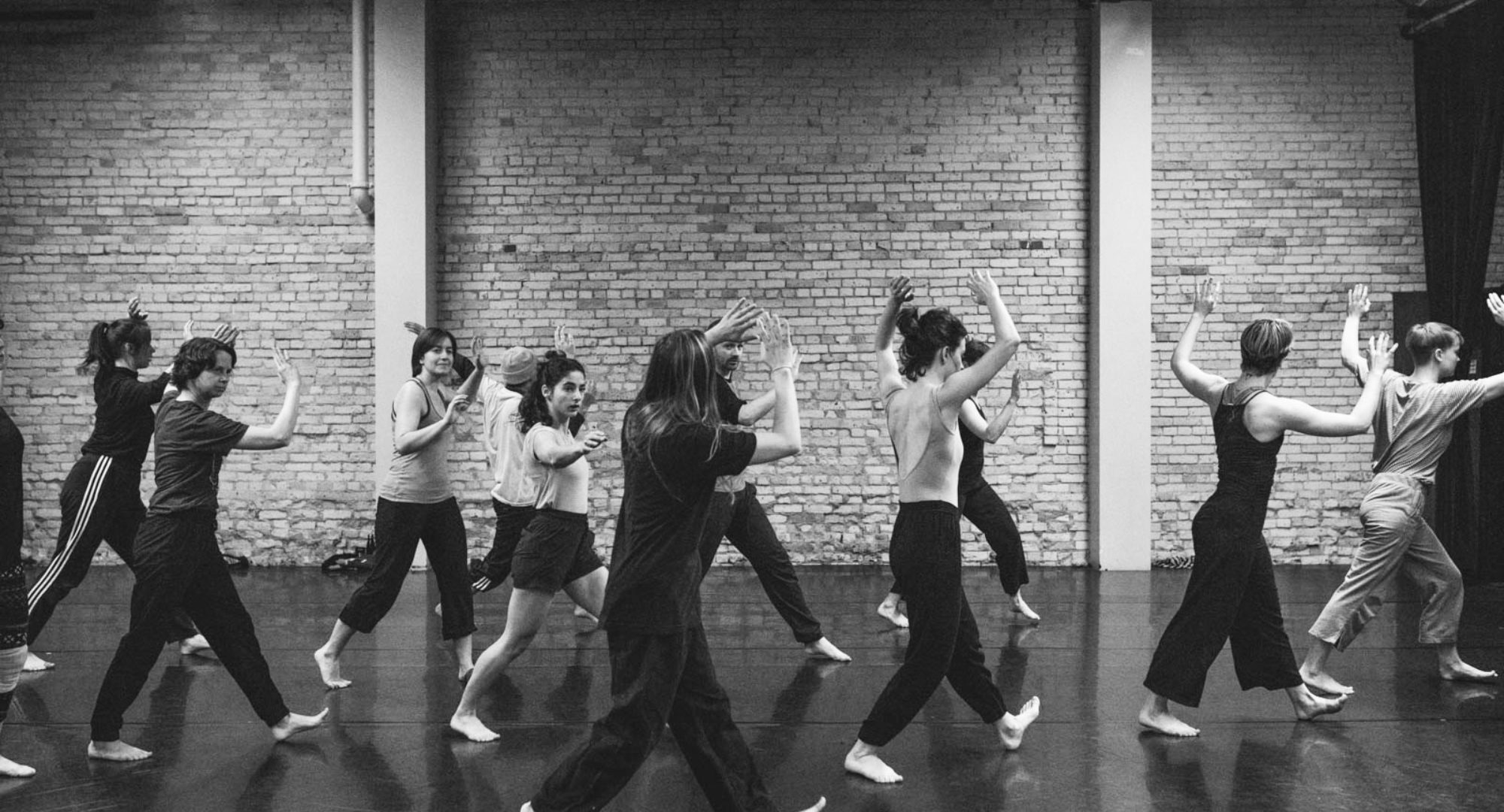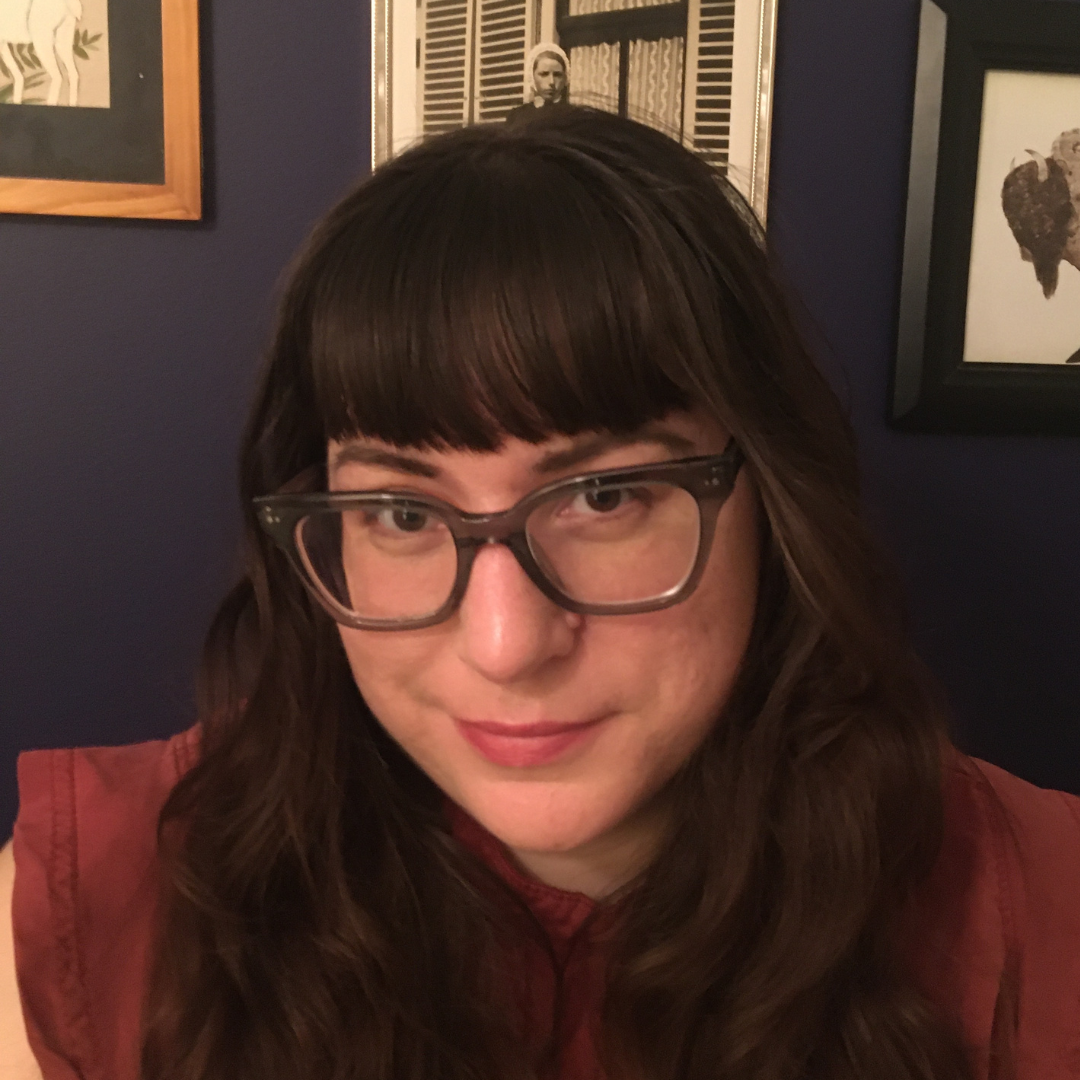LAURA VRIEND
Laura Vriend is an independent dance artist and scholar born and raised in – and recently returned to – Treaty One Territory (Winnipeg). After spending many years studying ballet and modern dance at the Royal Winnipeg Ballet, she continued her studies in the U.S., earning a BA in Dance with a double major in Anthropology from Bryn Mawr College and a PhD in Critical Dance Studies from the University of California, Riverside. She has spent the past 12 years living and working in Philadelphia as a dance artist, dance dramaturge and Adjunct Professor of Dance at Temple University and Bryn Mawr College. In Philadelphia, she has had the pleasure of working with Headlong Dance Theater, Annie Wilson, Irina Varina and Megan Bridge/<fidget>. Laura’s research as a scholar and dance artist has centered around social theories of space and cultural geography, writing extensively on how choreography makes space in site-specific experimental dance in Philadelphia, and centering her dance practice around formal qualities and childhood memories of growing up on the prairies through the development of psychogeographic scores and other strategies. Essentially, she likes to geek out on space. Laura also maintains a cross-border collaboration with artist Leigh Huster with whom she makes movement-based films exploring ritual and grief. She identifies as a fat and disabled dance artist and seeks to make space for body diversity in dance, often engaging the movements of fat (like jiggling flesh) to which typically thin dancing bodies do not have access.
Proposed Research

“My current research continues to deepen my choreographic exploration of the ineffable qualities of the prairies that manifest in movement. Through the development of a “prairie girl” persona I have dealt with ideas of survival, resourcefulness, illness, as well as domesticity – choreographic worlds that create moments of safety and comfort despite harsh environments. Building on my previous work that used knitting as choreographic material, this project delves into sewing and garment construction – activities not typically thought of as interesting enough to bring into live performance and explores how they can be riveting in ways that audiences can appreciate. I am working specifically with scrap fabric in this research and thinking about the necessity of sustainable clothing versus the oft-comforting drive to accumulate, the experience of embodiment through dress and adornment, and the gendered and ableist distinctions between art and craft, dancer and non-dancer. I’m interested in finding the sublime in the subtle, and how presence as choreographic terrain can invite audiences to attune their attention differently toward the mundane and the ordinary. And as always, I’m interested in the strangeness, messiness, awkwardness, discomfort, splendor and wonder of being a human body in this world.”


